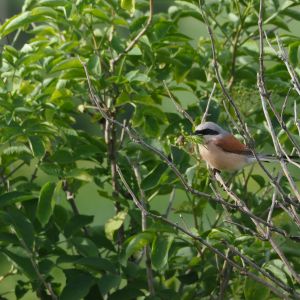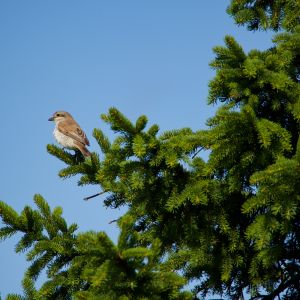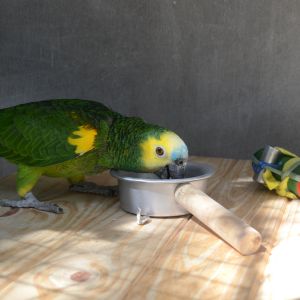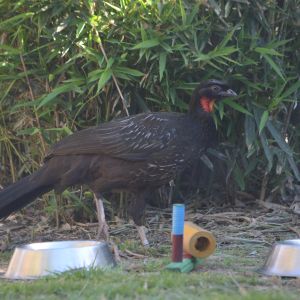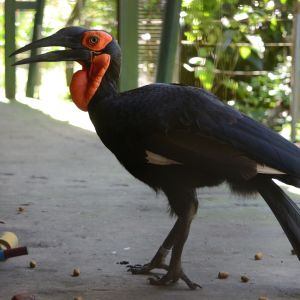Feathered cowards: why some birds are afraid of the unknown
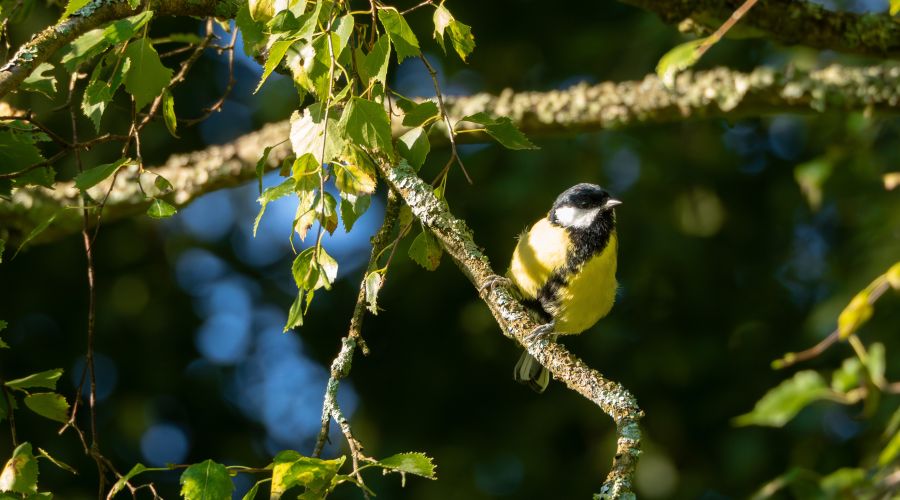
The largest scientific study to date focusing on neophobia, or the fear of new and unknown things, has revealed why some bird species are more afraid than others. Research with a Czech footprint shows that dietary demands and migratory behavior play key roles. Neophobia determines how animals balance risk and new opportunities. Caution can protect them from danger, but at the same time, it makes rapid adaptation to new nesting opportunities, food sources, or environmental changes more difficult.
This unique global study involving many bird species, published in the prestigious journal PLOS Biology, was led by Rachael Miller of Anglia Ruskin University and the University of Cambridge, together with a team from the international scientific project ManyBirds. The research included 129 collaborators from 82 institutions, including several Czech scientists from the Faculty of Science at the University of South Bohemia in České Budějovice. Experiments were conducted in 24 countries across six continents—in laboratories, in the field, and in zoos—to investigate why some birds are more cautious than others when presented with unfamiliar objects during feeding.
Birds were offered familiar food alongside a novel object composed of color combinations and textures not found in nature. The scientists then measured the time it took for the birds to touch the familiar food, interpreting greater hesitation in the presence of the novel object as neophobia.
Overall, the study found that among all 1,439 tested birds across 136 species—representing 25 taxonomic orders from penguins to parrots—two ecological factors strongly influenced neophobia: dietary specialization and migratory behavior. Species with greater dietary specialization are less accustomed to changes in their environment and therefore may perceive such changes as greater threats. Migratory birds more frequently visit new environments and encounter unfamiliar, sometimes risky, objects. For them, neophobia may be evolutionarily advantageous. The highest levels of neophobia were observed in grebes and flamingos, whereas falcons and pheasants were among the least neophobic species, approaching food quickly.
“We contributed to the study with experiments on the great tit and the red-backed shrike. We tested the tits in a laboratory trial cage and always returned them to the wild after the experiment. In contrast, we observed the shrikes directly at their nesting sites in the Doupov Mountains. The study is truly exceptional in that it allows, for the first time, the comparison of reactions across such a large number of bird species worldwide,” described Ondřej Fišer, one of the Czech scientists and co-author of the study from the Faculty of Science at the University of South Bohemia in České Budějovice.
“Neophobia has its advantages and disadvantages. It protects individuals from potential risks but can also limit their chances to exploit new resources, such as unfamiliar food or new nesting sites. Neophobia plays an important role in assessing how species might respond to changes. Species that are more wary of unfamiliar objects or situations may struggle to adapt to new challenges such as climate change or urbanization, whereas species with lower neophobia may be more flexible or resilient. Our study also highlights the power of large scientific teams. Through the ManyBirds project, we were able to gather data and expertise from around the world, which helped us uncover new rules shaping animal behavior on an evolutionary scale,” added Rachael Miller, the lead scientist.
The ManyBirds project was founded by Rachael Miller and Megan Lambert in February 2021. “Our findings have important implications, especially for species undergoing environmental changes or being reintroduced to the wild from captive‐breeding programs. By better understanding this behavior, conservationists can tailor strategies to improve the survival chances of endangered species,” explained Megan Lambert of the University of Veterinary Medicine Vienna.
Link to the open‐access study: https://doi.org/10.1371/journal.pbio.3003394
Photo: Jan Čapek, Jimena Lois-Milevicich
Video capturing a female red‐backed shrike (Lanius collurio) during the novel‐object experiment in the field in the Doupov Mountains. The presented food was a mealworm larva. Author: Mgr. Ondřej Fišer, Ph.D.
https://drive.google.com/file/d/1N5IXT4ykmylzURn3gvVCBBI6D5knjlYZ/view?usp=drive_link
